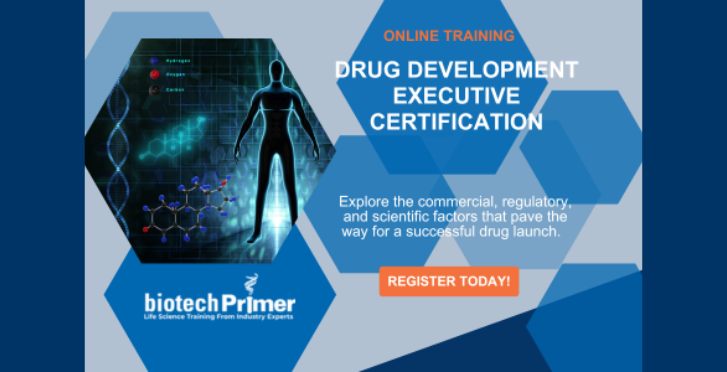Molecule to Marketplace: Pharmaceutical Commercialization Explained

Pharmaceutical commercialization is like the ultimate relay race: it takes groundbreaking science and sprints it across the finish line to improve lives. It’s not just science—it’s strategy, logistics, and a touch of showbiz. Without it, those life-saving treatments would stay in the lab, not in your medicine cabinet. It’s a high-stakes business. With a price tag of $1.3 billion and more than a decade of development per drug, getting a medicine to market isn’t for the faint of heart—or wallet.
Zoom Out
Here’s how the magic happens:
- Regulatory Approval: You’ve survived the gauntlet of clinical trials—congrats! Now, agencies like the FDA scrutinize every shred of data to ensure safety and efficacy. Get the green light, and you’re officially in the game.
- Marketing and Sales: Time to shout it from the rooftops! Ads, outreach campaigns, and an army of sales reps hit the ground running to ensure doctors and patients know all about this new treatment.
- Post-Market Surveillance: Just because your drug is on shelves doesn’t mean the work is over. Monitoring for side effects and refining commercialization strategies ensure patients (and the drug’s reputation) stay safe.
- IP and Licensing: Patents protect the innovators. Licensing deals help the drug go global.
Why It Matters
Pharmaceutical commercialization isn’t just about corporate profits. It’s a critical driver of public health and patient care.
- Unmet needs: Commercialization unlocks therapies for rare diseases and underserved conditions.
- Safety: Post-market monitoring ensures drugs stay effective and safe.
- Access: Smart pricing and distribution strategies can make treatments available to more patients.
- Innovation: Commercial success funds future breakthroughs, creating a virtuous cycle of discovery.
Zoom In
Life Cycle Management (LCM) is essential to squeeze every drop of value from a drug. Whether it’s launching new formulations (like extended-release versions), targeting new conditions, or expanding to new markets, LCM ensures the drug stays relevant—and profitable—long after its initial debut.
Cocktail Fodder
The reigning champion of drug commercialization is Humira (adalimumab), AbbVie’s cash cow for autoimmune diseases. Since 2002, it’s racked up over $200 billion in global sales. Yes, that’s billion with a “B.”
The Bottom Line
Pharmaceutical commercialization is the unsung hero of modern medicine—a masterclass in turning science into solutions. Sure, it’s not perfect (we see you, pricing debates), but without it, life-saving treatments wouldn’t leave the lab. From molecule to marketplace, this is where innovation meets execution—and where patients reap the rewards.
We’ve Got You Covered
Biotech Primer’s Recorded Biopharmaceutical Commercialization Immersion 8-hour course explores the strategic aspects of bringing a drug product to market and maximizing its commercial potential. It showcases the different phases of the product life cycle and the real-world decisions that profoundly impact a drug’s success. Register today and learn the basics of commercializing a drug from our expert, Leo Adalbert.

Biotech Primer is your go-to source for interactive training across the biotechnology, pharmaceutical, molecular diagnostics, and medical device sectors. Explore a range of in-depth biotech courses designed to deepen your understanding of key principles and applications in the field.
Learn More










